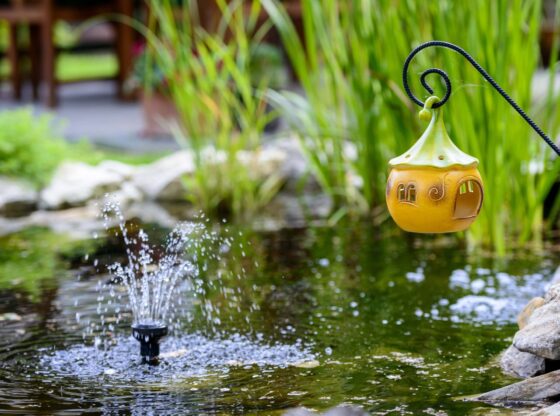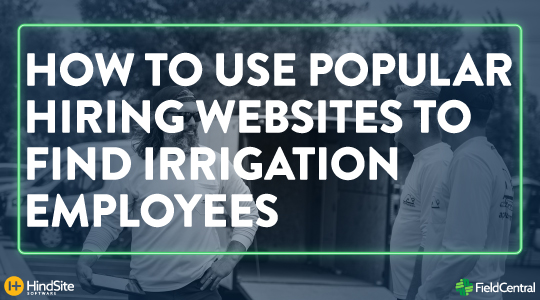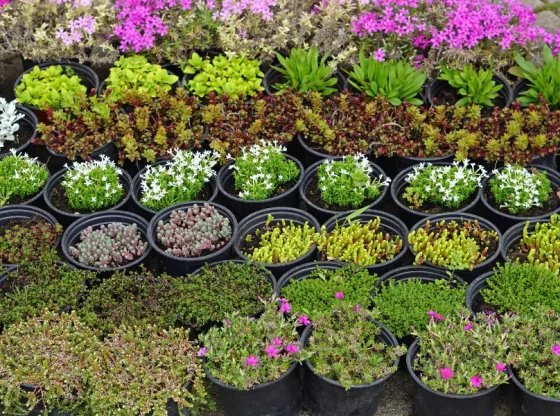Winterizing Pumps
It’s that time of year again, even if we don’t want to believe it yet. It is time to plan for winterizing irrigation equipment. After all, you and your customers have invested precious money into gear such as residential sprinkler pumps. It is essential to winterize shallow pond pumps and self-priming lawn pumps to protect them from freezing in the winter. Even year-around well pumps may need additional protection from the cold. Once the temperature drops below 32 degrees, pumps are at risk of freeze damage such as a cracked casing, which would mean replacing them in the springtime.

Read the Instructions 😉
First and foremost, we recommend finding the instruction manual for the pump that needs to be winterized and follow the manufacturer’s specific instructions.
Standard Winterization
For surface pumps: don’t let them freeze! In order to winterize a standard lawn pump, the following steps are typical:
- Turn off the power supply to your pump.
- Drain a water tank if there is one. Remove the fill plug on the top of the pump body, which allows air into the body of the pump. Then open the drain plug on the bottom of the pump housing and drain all water.
- There will still be water left in the suction and discharge lines, and there may be water left in cavities below the drain openings. To remove that water, blow the system out, downstream from the pump, with compressed air to remove any remaining water from the pump or pipes.
For extra safeguarding, or in case of extremely low temperatures, there are additional steps you can take:
- After you perform steps 1-3, disconnect the pump from power and store it in a heated garage or basement for the winter.
- If you cannot remove the pump, you can fill the pump with food-grade propylene glycol to prevent any remaining water from freezing. If you choose to do so, you should first replace the bottom of the pump housing, then add the glycol. There is a important reason we recommend propylene glycol: it is safe for animals, people and the environment; other antifreeze such as ethylene glycol is extremely poisonous to your pets and children.
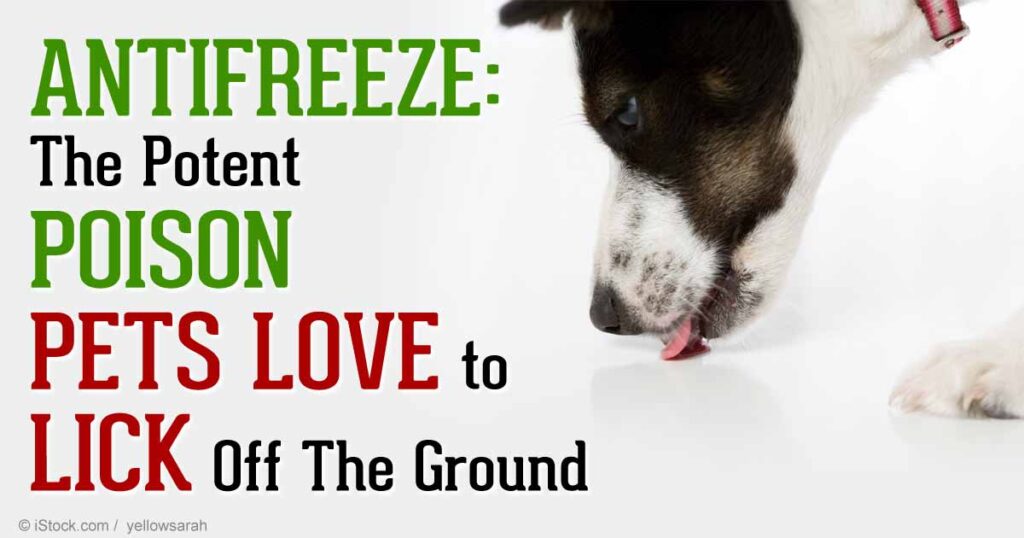
Winterizing VFD Pumps
If your pump has adjustable speed, it is likely using a variable frequency drive (VFD). These pumps are often used in ponds, swimming pools, but may also be above ground. If the pond is deep enough, you can keep a pump running in a pond during the winter. In case of a floating pump, you can sink it to the bottom of the pond. You can also add a DE-ICER to keep a small pond open from ice.
To winterize a VFD pump:
- make sure that you disconnect all monitoring devices, such as transducers, temperature sensors or pressure sensors. Store these devices in heated storage where they will not freeze.
- Remove the copper line from the transducer and blow out that line.
- Make sure all bolts and valves are loosened to let the water drain and do not tighten them until you start the system in the spring.
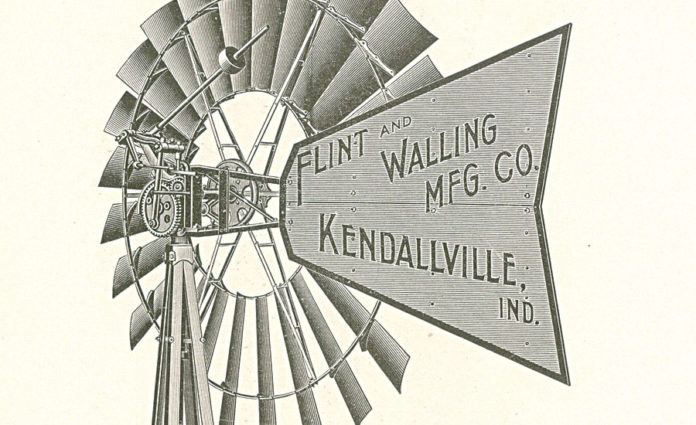
Interested in more? You may want to read about our pond-less water features.


